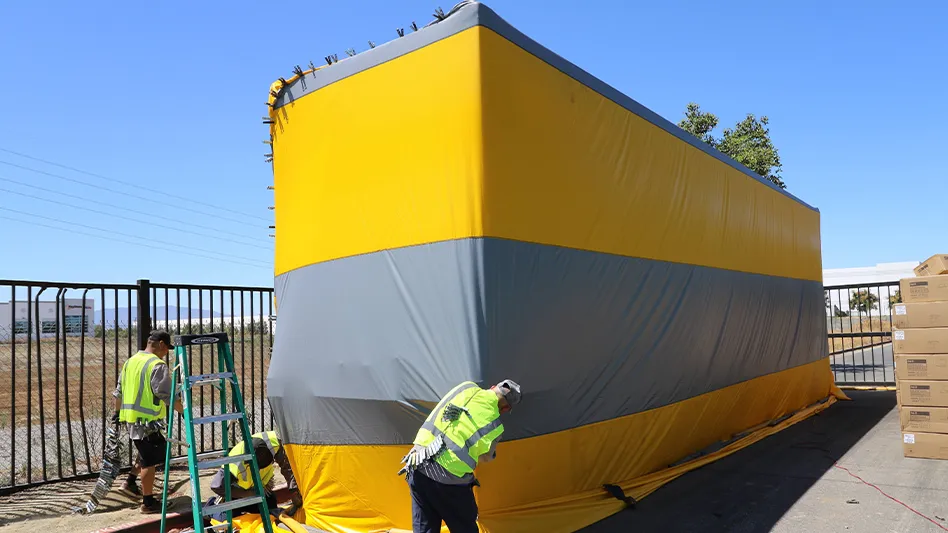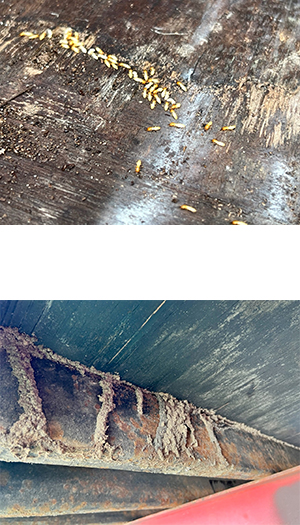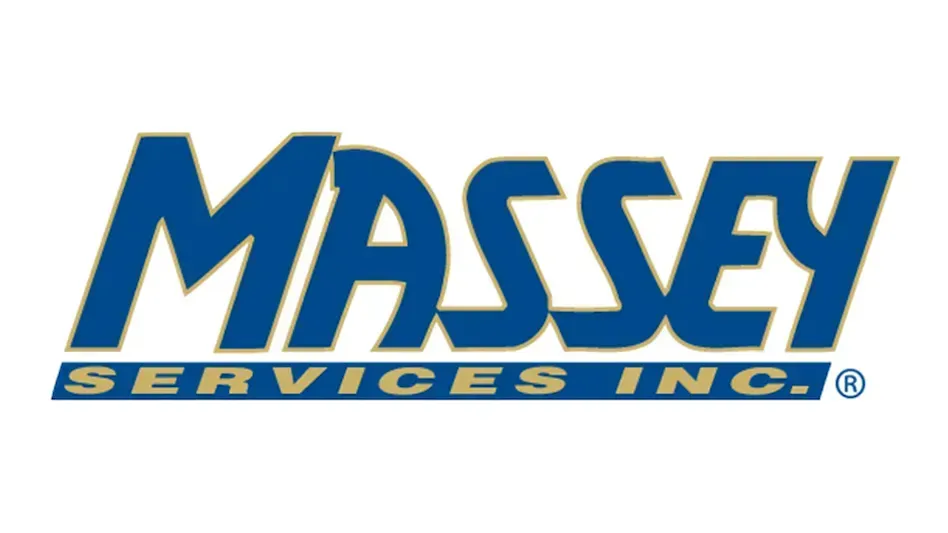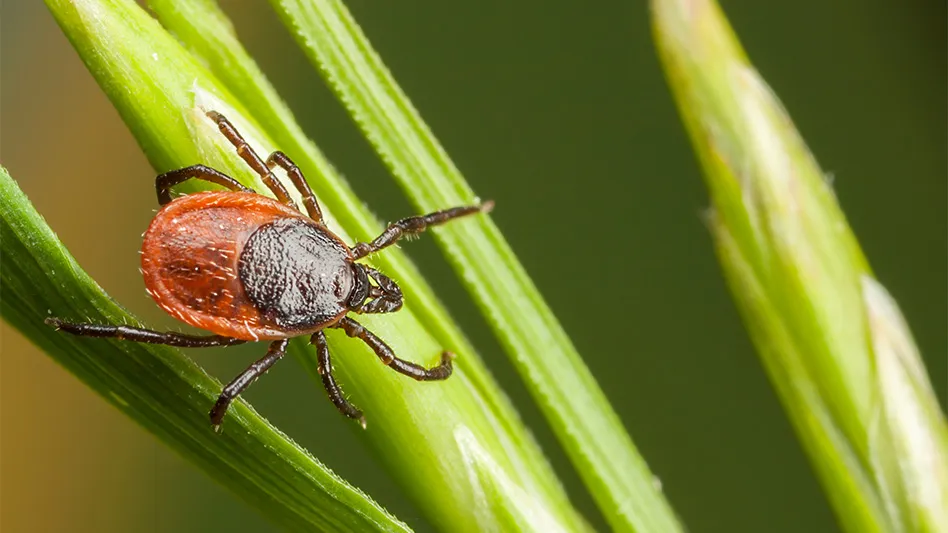
Photo: Dong-Hwan Choe

EASTVALE, Calif. – A shipping container originating from China that had made its way to Eastvale, Calif. (after docking in the San Pedro port) was fumigated Aug. 17, following the discovery of Formosan subterranean termites (FSTs).
The initial discovery was made by Matt Cromwell, technical account manager at Ecolab Pest Elimination, Los Angeles, who alerted Lee Whitmore, president of Anaheim, Calif.-based Quality Pest Services (which Ecolab subcontracted with for this job). Whitmore recognized that the soldiers looked “abnormal” and that they might be FSTs. He sent photos to Dr. Chow-Yang Lee, professor at the University of California, Riverside, and Matt Fabry, business development manager at Douglas Products, manufacturer of Vikane gas fumigant.
Lee and his team, along with Cromwell, Whitmore and Fabry, visited the site on Aug. 14, and brought back samples to the UCR lab, where Lee confirmed they were Formosan subterranean termites.

Latest from Pest Control Technology
- Ground Control
- Scientists, PMPs Collaborating to Map Termite Distribution in Southern U.S.
- Viking Pest Control Organizes a Charity Bike Build for Local Families
- Gaining Control of Structure-Infesting Carpenter Ants
- Big Blue Bug’s Brian Goldman Receives Rhode Island Small Business Person of the Year Award
- UF Researchers Examine How Much Bait it Takes to Eliminate a Subterranean Termite Colony
- Women in Pest Control Group Continues to Grow, Provide Opportunities in the Industry
- NPMA Announces Results of 2024-2025 Board of Directors Election





